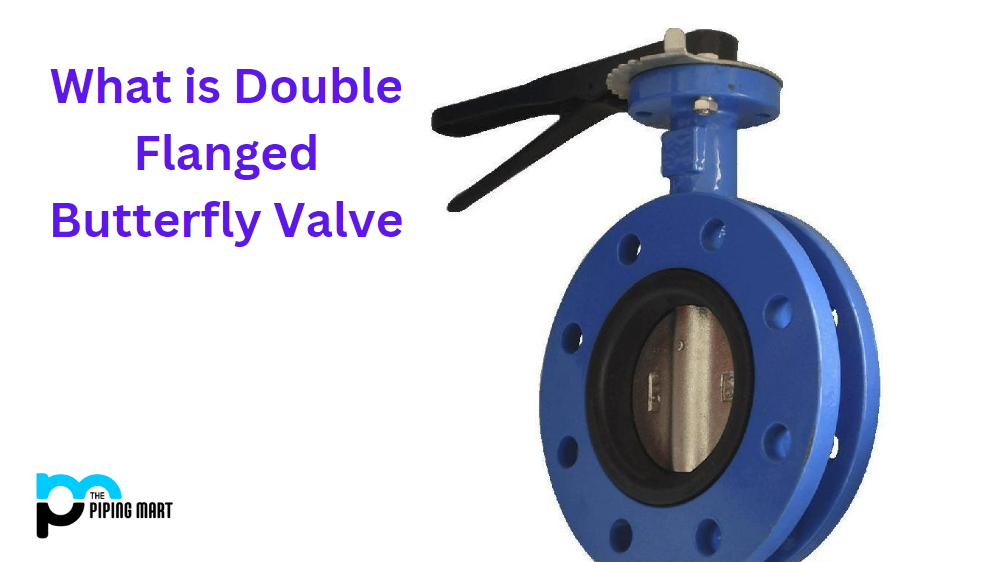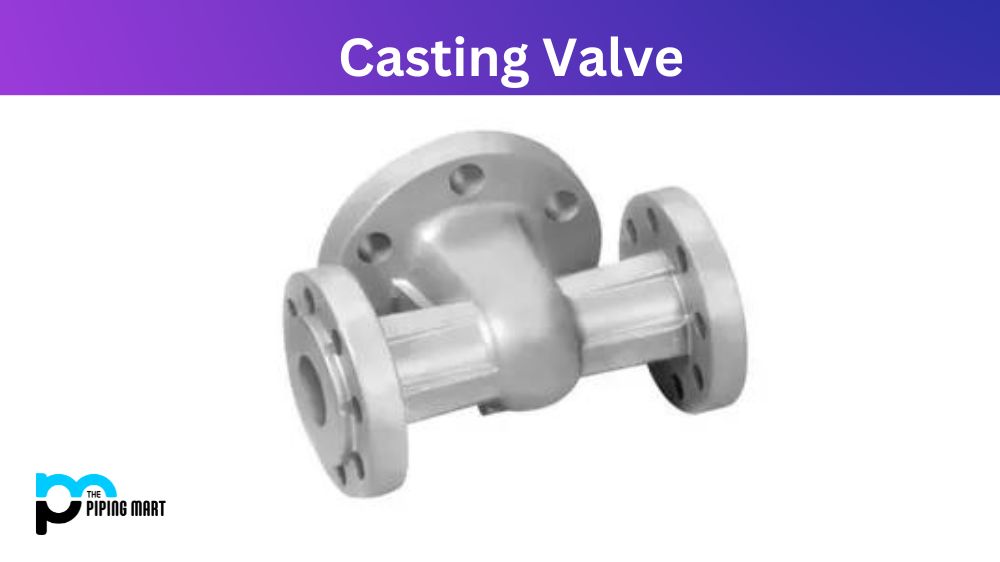The selection of the correct valve is essential in ensuring the efficiency of any fluid transportation system. One of the popular choices in the market is a double-flanged butterfly valve. This type of valve is highly versatile, which makes it suitable for various applications, ranging from water treatment plants to petrochemical industries. This blog will discuss the double-flanged butterfly valve, its applications, advantages, and how it works.
What is a Double-Flanged Butterfly Valve?
A double-flanged butterfly valve is a quarter-turn valve with a disc-shaped closure element that rotates around an axis perpendicular to the flow path. The disc is attached to the valve stem, which passes through the valve body and is connected to an actuator or handle. The double flange feature means the valve is sandwiched between two flanges connecting to the piping system.
Double-Flanged Butterfly Valve Advantages
One of the advantages of using a double-flanged butterfly valve is its low-pressure drop. The valve disc is thinner compared to other types of valves, which means that it requires less energy to open or close. This feature minimizes the pressure loss, resulting in a more efficient system. Additionally, double-flanged butterfly valves are lightweight, which makes them easy to install and maintain. The resilient seat also provides leak-proof closure, making it an ideal choice for applications that require maximum sealing.
Double-Flanged Butterfly Valve Applications
Double-flanged butterfly valves are suitable for various applications, including water treatment plants, power plants, pulp and paper mills, chemical and petrochemical industries, etc. The valves are commonly used in applications that involve high flow rates and low-pressure drops. It is also ideal for applications that require on-off service since the valve requires only a quarter-turn to open or close. Furthermore, the valve’s compact design makes it suitable for limited-space applications.
How Does Double-Flanged Butterfly Valve Work?
The operation of a double-flanged butterfly valve is simple. When the valve handle or actuator is turned to open the valve, the disc rotates at a quarter-turn, creating a path for the fluid to flow through. On the other hand, when the handle is turned to close the valve, the disc rotates again, and the path is blocked, stopping the fluid flow. The valve’s position can be easily identified through a position indicator attached to the valve stem.
Conclusion
In conclusion, a double-flanged butterfly valve is an excellent choice for various fluid transportation applications. It combines efficient and reliable sealing, low-pressure drop, and ease of installation and maintenance. This blog has provided a clearer picture of the valve’s functionality by providing an in-depth understanding of the valve’s features, applications, and workings. Always consult experts when selecting a valve to ensure you choose the best valve that meets your application’s requirements.

Meet Bhavesh, a seasoned blogger with a wealth of knowledge and experience. From metal products manufacturing to retail, Bhavesh has a diverse background in various industries and is dedicated to sharing his insights and expertise with readers.




